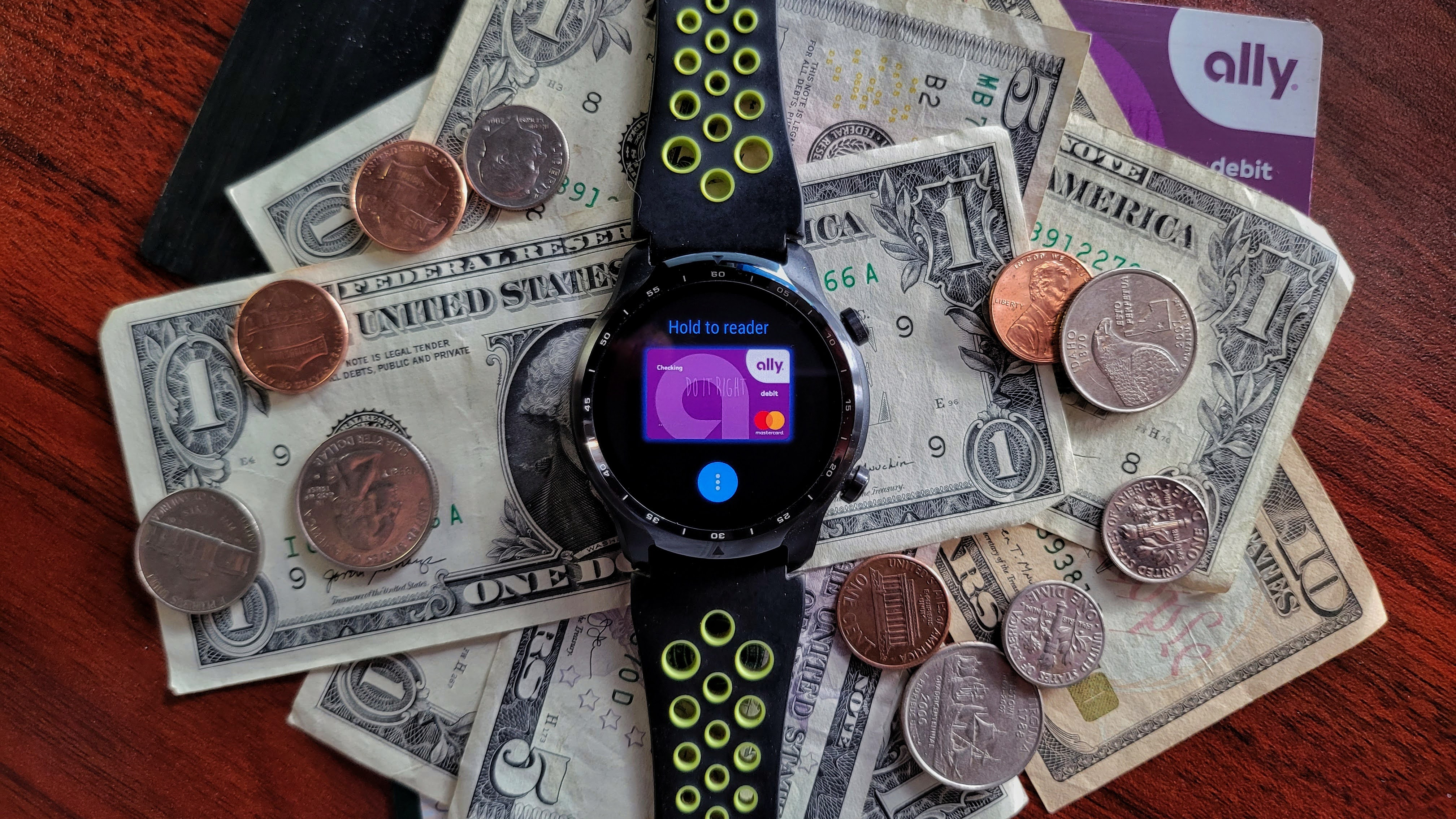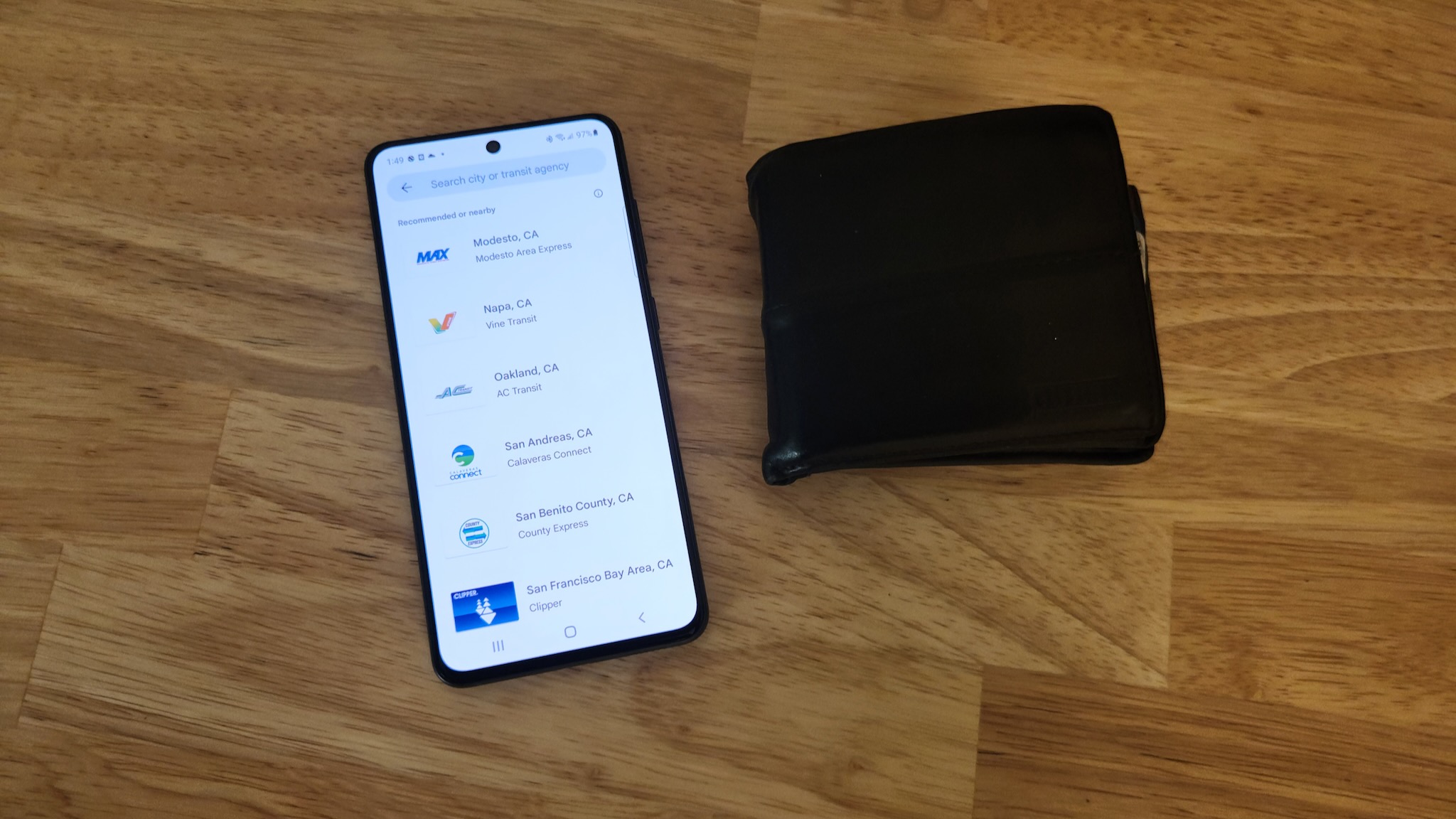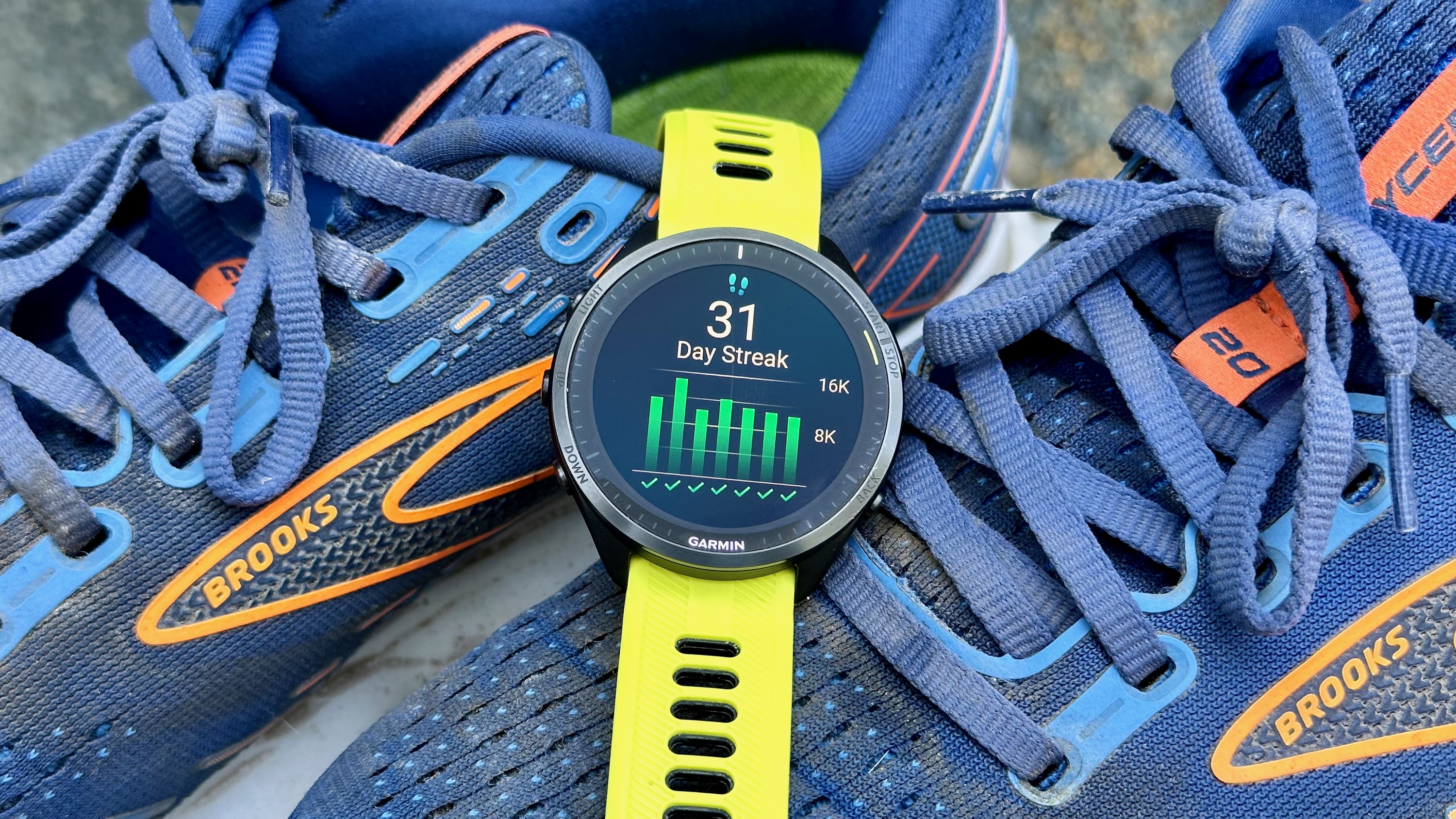Google and Apple are paving the way with digital wallets, even if some places are slow to catch up
Regardless of how you pay now, digital payments are going to become ubiquitous.

The popularity of digital payments is highly dependent on the geography you’re living in and on consumer behavior change, but “behavioral change varies on geography,” some experts say. Even if you don’t pay for things with your smartphone or smartwatch, they say that digital payments are here to stay and are the future. It is one of the reasons why Google and Apple have been working hard to build a foolproof system.
In May, at Google I/O, the company announced Wallet, which secures and stores payment cards, passes, digital IDs, and more. In addition, users (in specific regions) can still use Google Pay, which will function as it has in the past. In all countries where only Pay has been available, Google says the app will auto-update to Wallet, and users will just have one app to work with. Wallet is available on some of the best Android smartwatches.
It’s not just Google that’s making changes; Apple has been making waves with its own Wallet app. In September of 2021, it announced the first states that have signed up to adopt driver’s licenses and state IDs in Apple Wallet. It is very clear that the two companies are pushing for digital wallets to become ubiquitous.
Your location matters when it comes to Google and Apple Wallet

Neil Shah, vice president of research at Counterpoint Research, agrees to say “that time is coming.”
“Like how digital commerce has become very common, so will digital wallets. Not many people these days carry cash or credit cards in their pockets. We are entering the era of ‘wallet ditching’ analogs to ‘cord cutting,’” he says.
For those of you who may not be aware, Shah is based in India, where digital payments are increasingly popular.
“[Digital payments] is one of the fastest growing ways to pay. Look at what happened in the cash-based economy of India post-demonetization. The Government’s Digital India Initiative and UPI (m-payments) have skyrocketed and will soon become the leading way consumers pay,” he says.
Get the latest news from Android Central, your trusted companion in the world of Android
According to Statista, “Google Pay was used more often for in-store payments in both India and Russia than in either the United States or the U.K. in early 2022.” But even then, the European market is far ahead in mobile payments than North America.
According to a blog post from Intellias, a firm that helps tech companies undergo sustainable digitization, in 2018, Europe had more Apple Pay customers than the U.S.
It noted that at the time, only 15% of Americans used Apple Pay. In comparison, 85% of Apple Pay users came from Europe, where “consumers are not only ready but even enthusiastic to embrace new technologies that offer increased comfort.”
And herein lies the major difference between what’s happening in India and Europe and where so many of our Android Central writers live (which is predominantly North America). During a news meeting, the AC writers questioned why there wasn’t a major mass adoption of digital payments where we lived.
And the fact of the matter is that where you live, along with how local governments look at digital wallets, makes a huge difference in the popularity and growth of digital wallets, says Anshel Sag, a senior analyst at Moor Insights & Strategy.
Sag, who is based in California, says he sees people using digital wallets “quite a lot.”
“My partner actually prefers to pay with her iPhone than pay with a credit card because she doesn’t like taking her wallet out and fumbling with cards. I see a lot of people paying with their phones nowadays, way more than I have in the past, and it helps that the proliferation of Square, Clover, and Toast POS terminals are helping, as well as standard card readers,” he says.
Why is Wallet not as popular in North America?

Jitesh Ubrani, research manager for IDC's worldwide device tracker, says this isn't the case for Canada because of the country's adoption of NFC and chip and PIN services.
"I'd argue that the rarity you mention is likely because of where we live," Ubrani says, who is based in Canada.
"In Canada, our credit and cards have had NFC or chip and PIN for a very long time, and tap-to-pay has made payments extremely convenient, and consumers have grown accustomed to payment via card rather than phone. In the U.S., chip and PIN and NFC are a bit newer than in Canada, and it's taken a while for retailers and payment processing terminals to adopt the new features. This has had an impact on payments via phone because they rely on the same hardware, and I believe consumer behavior has been slow to adopt as well. In Asia and many other countries, retailers as well as other places such as public transit, parking meters, and more have used NFC, tap-to-pay, or another form of mobile payments for years and have leapfrogged countries like the U.S. and Canada when it comes to mobile payments."
Location also means people need to have a reliable internet connection, "not just internet connectivity, but fast and reliable internet connectivity."
"Because all of those transactions depend on the internet whether they're supposed to or not," Sag says.
Despite this, Sag believes that digital wallets really are our future.
"I think that digital wallets and NFC payments are a great way to accelerate commerce and help make people's wallets thinner, I also think that they could prove as great backups to having your wallet with you everywhere you go. I personally would love to ditch my wallet and just carry my phone because I carry a lot of cards in my wallet, and it's quite thick," he says.
Consumer behavior plays a critical role in making digital payments popular

While location plays a considerable role in whether we use digital wallets, Avi Greengart, president and lead analyst at Techsponentialk, explains that it all depends on consumer behavior.
"Consumer behavior changes very slowly and then all at once. We're in the acceleration period now, where cultural barriers to digital payment systems have fallen, but behavioral change varies by geography," he says.
Part of that behavioral change also comes with trust, though Greengart, Shah, Ubrani, and Sag all believe that considering other markets, trust has strongly been built by Apple and Google.
"It took a while, but consumers are now used to all kinds of digital platforms — PayPal, Venmo, Zelle, virtual credit cards, and more. Different geographies often have preferred digital payment platforms," Greengart says.
In a statement to Android Central, Google's director of product and payments, Dong Min Kim, says that wallets are becoming increasingly popular around the world, given the increased digitization of items that we need.
"The awareness and understanding of users are shifting, and that's why we believe it's important to continue to develop and evolve Google Wallet," he says. "In addition to the general awareness of digital wallets increasing, we are doing a few things to help educate users as well. We've designed the Wallet app to be super easy to use, and we're working on adding educational tips for users directly in the app. We're also working with a broad range of partners to integrate with Google Wallet to offer comprehensive solutions for our end users, and we're investing into marketing and education materials to popularize Wallet with broader audiences."
Despite where you're located, it's very clear that this is going to be the future of the way we pay for things, even if North America isn't using digital wallets as much as other regions.

Shruti Shekar is Android Central's Editor-in-Chief. She was born in India, brought up in Singapore, but now lives in Toronto. She started her journalism career as a political reporter in Ottawa, Canada's capital, and then made her foray into tech journalism at MobileSyrup and most recently at Yahoo Finance Canada. When work isn't on her mind, she loves working out, reading, watching the Raptors, and planning what she's going to eat the next day.
